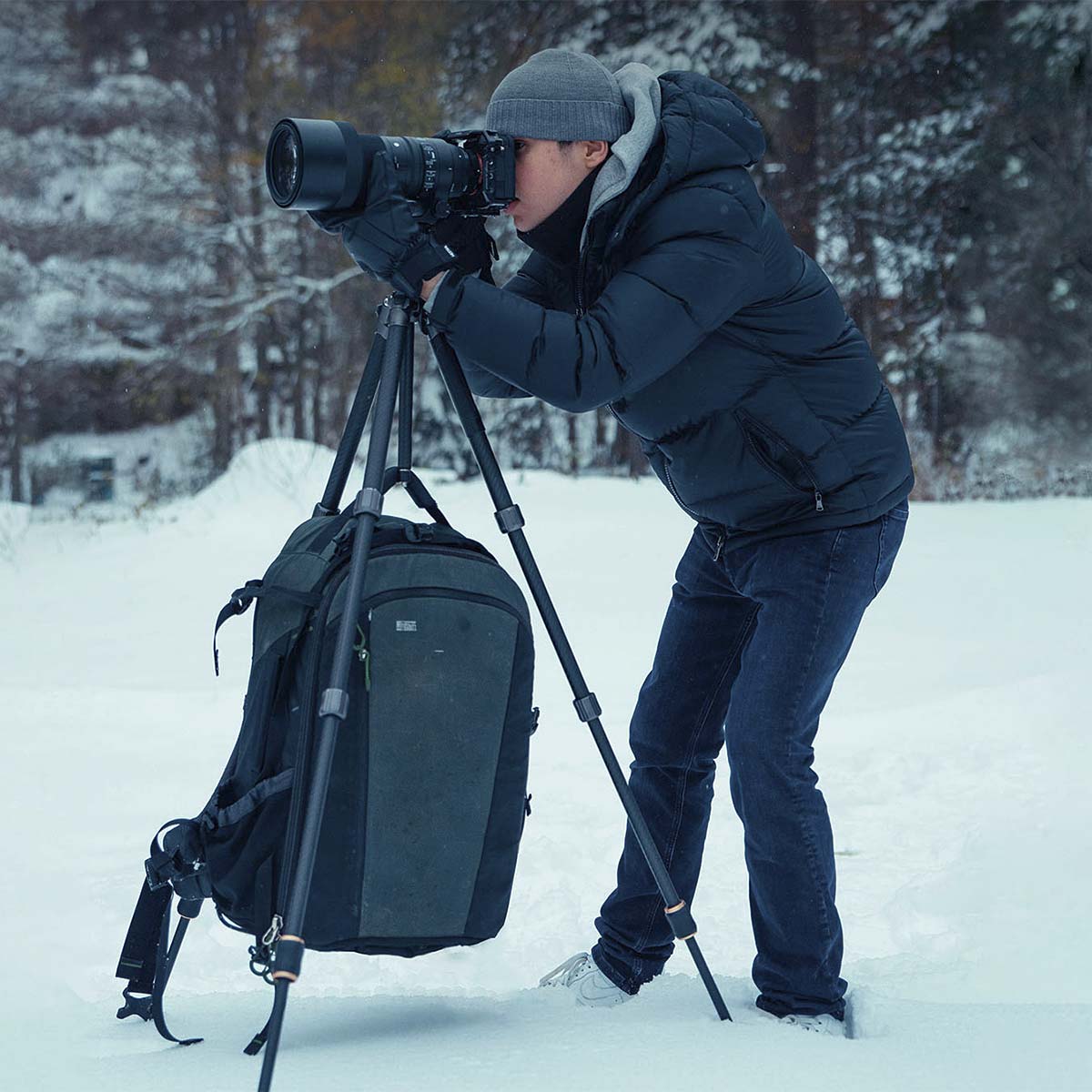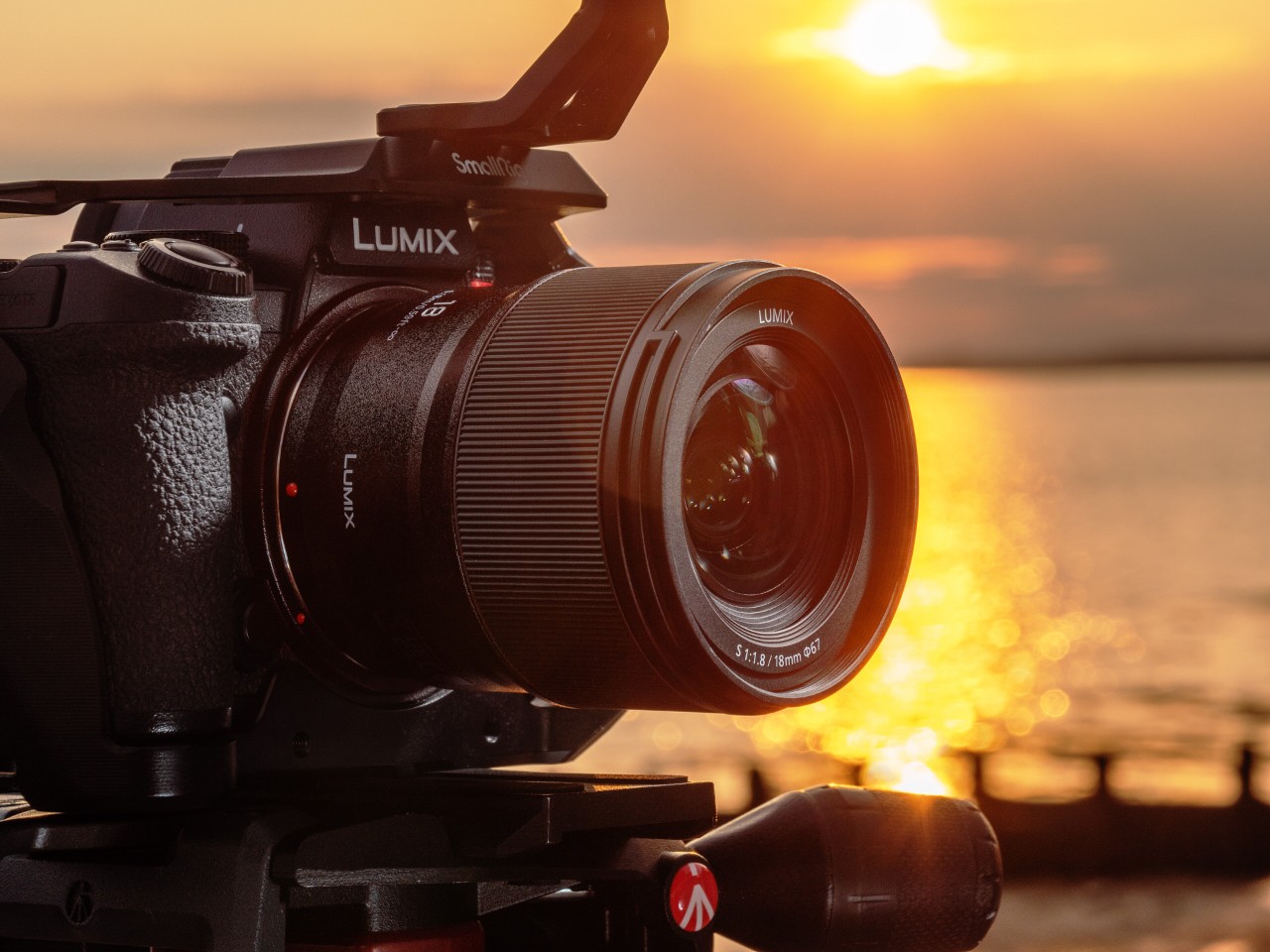
- Search
-
Login
-
0
ComparisonAdd products to compare, then they will appear here and you can compare parameters.
-
0
0 €Nothing in the basket.
Jak vybrat digitální fotoaparát
Compact, DSLR or mirrorless? Read our guide to choosing a camera and find out which device is best for you.
How to choose a camera
Are you planning to buy a quality camera and getting lost in the selection? Let's first read our guide on how to choose a camera that suits your needs and abilities.
To answer the question "How to choose the best camera?" there is no clear-cut answer. Whether you're figuring out how to choose a DSLR or a mirrorless camera depends on a lot of variables. So we've put together a quick guide that you can bounce ideas off of. Just remember that we're only talking about choosing a camera body. Lens selection is another chapter again.

Determine what you expect from your camera
The first and most important step in choosing a camera is to figure out what you expect from it. If you're a beginner, you probably won't need an expensive professional model. On the other hand, if you're not buying your first camera and you've already taken some photos, you'll have significantly higher expectations. Or are you looking for a lightweight travel camera to capture memories, with light weight being the main criteria? And that you plan to shoot videos as well as photos? Make a list of your requirements first, so you have something to go on.
While a regular compact will be fine for still photos from your holiday, you'll need to push the parameters a bit for snapshots and motion. However, always choose based on what you plan to shoot, don't assume that more expensive will always be better. Each genre requires slightly different specs, so it's a good idea to be clear if you're drawn towards shooting landscapes, sports or maybe the night sky.
Match your choice to your budget
Cameras vary really widely in price. Compact cameras can be had for a few thousand crowns, while high-end DSLRs or mirrorless cameras can easily cost a couple of months' salary and a kidney to boot. In fact, getting a camera body is just the beginning. Don't forget about lenses, tripods or camera bags. So keep in mind that the total cost is likely to be more than just the price of the camera itself.
The basic division of digital cameras
Before we get into more detailed parameters, let's break down cameras into three main categories.
The most common types of cameras:
Compact cameras (CSC)
These cameras are small and lightweight, making them the ideal travel companion. They don't allow you to change lenses and don't have as many features as DSLRs and mirrorless cameras, but they're perfectly adequate for capturing everyday moments. So if you're looking for a camera that takes better photos than your phone, a compact is the ideal choice. What's more, compacts are also very affordable.
DSLRs
Digital mirrorless cameras - mirrorless
So whereas with a compact camera you have an all-in-one camera, with interchangeable lens cameras you buy the components separately, making them work a bit like a kit that you adapt to your own needs. And it's how to choose a DSLR or mirrorless camera that we'll be looking at in our selection guide.
Important parameters for choosing a digital camera
Sensor size
Full-frame or full-frame sensors (24×36 mm) based on the size of a film field serve as a basic benchmark and offer the best image quality even in lower light conditions. The downside is that cameras with this type of sensor are generally more expensive and larger. When shooting full frame with a single lens, the angle of view is the same as it would be when shooting on film.
Cheaper, smaller, but still very high quality APS-C sensors (24×16 cm) are a delight with their lower camera weight. For mirrorless cameras, you can find even smaller sensors called Micro 4/3 (17×13 mm), which will be appreciated in cameras for travel, as these devices still have interchangeable lenses, but their weight is very low. With these types of sensors, the focal length is shorter or longer, and you're only shooting a crop of the scene than you would with a full frame - so with the same lens, the angle of view is smaller.
Sensor resolution
Let's take an example - with a 12 Mpx sensor resolution, the resulting image will be 35.9×24.0 cm in size, whereas with a 50 Mpx sensor the size is 73.3×48.9 cm. So tailor your choice to whether you plan to take photos for a family album or print large format photos.
Image stabiliser

Resistance to external influences
Unfortunately, it's not enough just to have a durable body, you need to get equally durable lenses to go with it. We're not going to lie to you, you'll be digging pretty deep into your pocket with that kind of gear.
Video recording options
It's also worth choosing a device with fast and accurate focusing so you can track moving objects. Last but not least, think about the camera having a good quality built-in microphone or the ability to connect an external microphone.
Of course, taking video is more energy-intensive than taking photos, so choose a device with a large battery capacity and be prepared for the possibility that one won't be enough.

Lens availability
Connectivity
Some cameras have Bluetooth, which lets you connect the camera to an app on your phone, which then acts as a remote shutter release. Wi-Fi connectivity with a mobile app can be used for quick photo downloads in the field, as a remote viewfinder for the camera, and as a quick way to upload photos to social networks.
Finally,
While choosing the right camera is quite important, it's always the lens that matters a hair more and does most of the work. If you need to save money, don't discount the claims of the lens, but rather get a slightly cheaper body.


